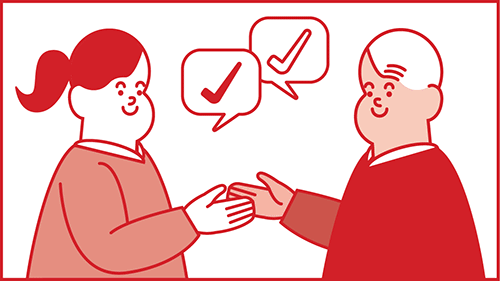Institutional Traders Ride Portfolio Trading Bandwagon
The Greenwich Associates report found that portfolio trading rose to 50% from 44% in 2003. This illustrated a trend of equity investors taking advantage of declining commissions, which fell to an average of 2.2 cents per share from 2.5 cents in 2003 for portfolio trades, with the most active portfolio trading institutions paying just 2 cents. Among the 185 most active trading desks studied, the average portion of equity business directed to portfolio trading increased by 7% last year to approximately $7 billion.
“For institutional investors, the game is pretty favorable right now,” Greenwich Associates consultant Jay Bennett said in a news release. “Institutions are lowering costs by using portfolio trading for a larger proportion of their volume and by directing a portion of those portfolio trades to self-directed electronic trading systems. In addition, they appear to be saving money by doing more risk trades as opposed to agency business. Combined, these trends represent a big win for the institutions.”
That was particularly true when it came to trends in commission rates, Greenwich said. “While institutions, on average, reported portfolio trade commissions of 2.2 cents in 2004, one-third of all participants in our research say they are paying less than 1.5 cents per share,” Greenwich Associates consultant John Webster said in the news release. “That number is particularly striking in that only 13% of institutions dipped below that threshold in 2003.”
But brokers may eventually balk at giving the institutional traders too much of a good thing. Greenwich said brokers will eventually become less willing to watch execution volumes migrate to portfolio trading from their traditional agency business, where average per-share commissions can top 4.5 cents. In fact, the research report said portfolio trading growth seems to be leveling off, with institutions predicting that volume will remain at 50% of total equity trading in the next year.
Self-directed electronic trading systems accounted for approximately 38% of portfolio trade volume last year, up only slightly from the 35% reported in 2003. Due to uneven usage among the largest institutions, self-directed volumes could fall back to levels closer to 2003 levels next year, Greenwich said.
The bulk of 2004 portfolio trading volume was generated by trades related to cash-flow management, index rebalancing, and manager transition activities. Three-quarters of all US institutional investors say they use portfolio trading for cash-flow management and more than half (57%) use it for manager transition trades. Almost half of all institutions use portfolio trading for index rebalancing and four in 10 (42%) use it to achieve cost efficiencies by packaging smaller trade flows, according to the study.
“If you combine index re-balancing, sector re-balancing and re-balancing related to internal proprietary algorithms, you find that re-balancing in some form or another represents more than 40% of all portfolio trading volume,” Webster said. “If you also take into account the one-third of the volume generated by cash-flow management, you’ve accounted for about 75% of portfolio trading.”
You Might Also Like:
Investment Product Launches for the Week
Bonn Tapped to Head State Street’s Securities Finance Business
June 24, 2010 (PLANSPONSOR.com) - State Street Corporation has announced the appointment of Executive Vice President Nicholas...
State Street Expands Hedge Fund Services Offering
« New Newsletter Product For Sending Corporate Info to Shareholders

